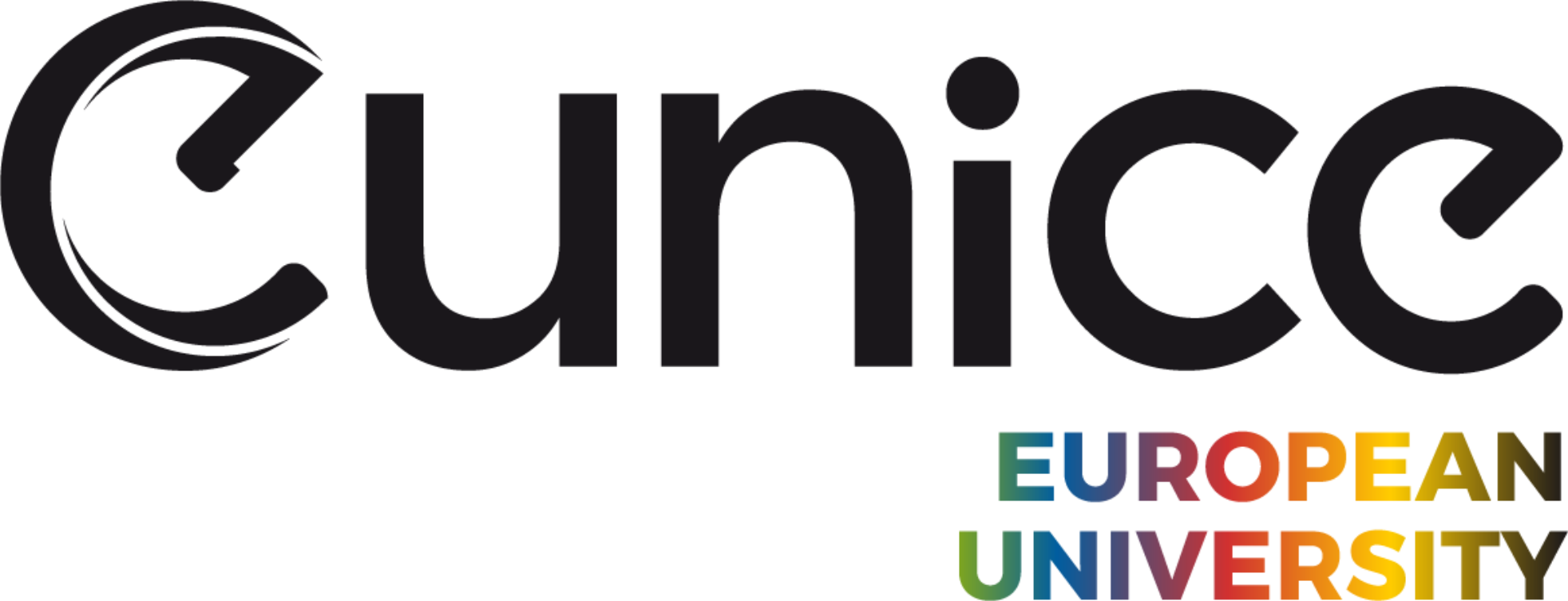Terahertz Technologies and Applications
T. Skotnicki (Inst. of High Pressure Physics PAS and Warsaw Univ. of Techn., Poland), W. Knap (Inst. of High Pressure Physics PAS, Poland and Montpellier University and CNRS, France)
The spectrum of electromagnetic radiation covers a broad range of frequencies, spanning from micro-, millimeter- and radio-waves from one side to infrared,visible, ultraviolet and X-ray bands on the other. Nowadays, both these spectral ends are effectively explored in a multitude of devices and applications. In contrast, the intermediate zone, grouping electromagnetic waves of frequencies from 100 GHz to 10 THz, remains largely unexplored, lending itself a name of “THz gap”. A very useful property of THz radiation is that it easily penetrates through most of non-metallic materials, at the same time providing spectroscopic information for matter classification. It allows to investigate internal structure or content of objects. Also, unlike UV or X-ray, THz waves are non-ionizing and hence harmless to humans and animals, eliminating the need for safety measures. Sub-THz waves propagate through dielectric layers, sand, fog or snow, providing vision and wireless communication opportunities difficult to obtain in other (infrared) radiation ranges. Therefore, a multitude of potential applications for THz waves emerge in wireless communication systems (to boost the data rate), industry (for a non-destructive, non-hazardous process monitoring or quality checks), trade, agriculture, biology (Terahertz signatures of the proteins binding heavy metals in plants and food), in safety (such as vision systems for difficult atmospheric conditions, e.g. vision for helicopter pilots landing in difficult conditions, see Fig 2.) and security (detection of chemical hazards) or health (skin burns and cancerous tissue diagnostic, as well as cell dynamics). The Terahertz-related science and technology are today an important scientific axis, bridging between optoelectronics and electronics, and still awaiting breakthroughs in terms of emitting and detecting devices, antennas, lenses for THz imagers, applicative systems and cost efficiency. The THz related portion of the electromagnetic spectrum, is less known and explored than others, but on the other hands a few THz applications are known and have been studied for 20 years. In this paper we will deliberate on the enormous potential carried by the basic science, technology and applications of THz radiation.
Download one page abstract












